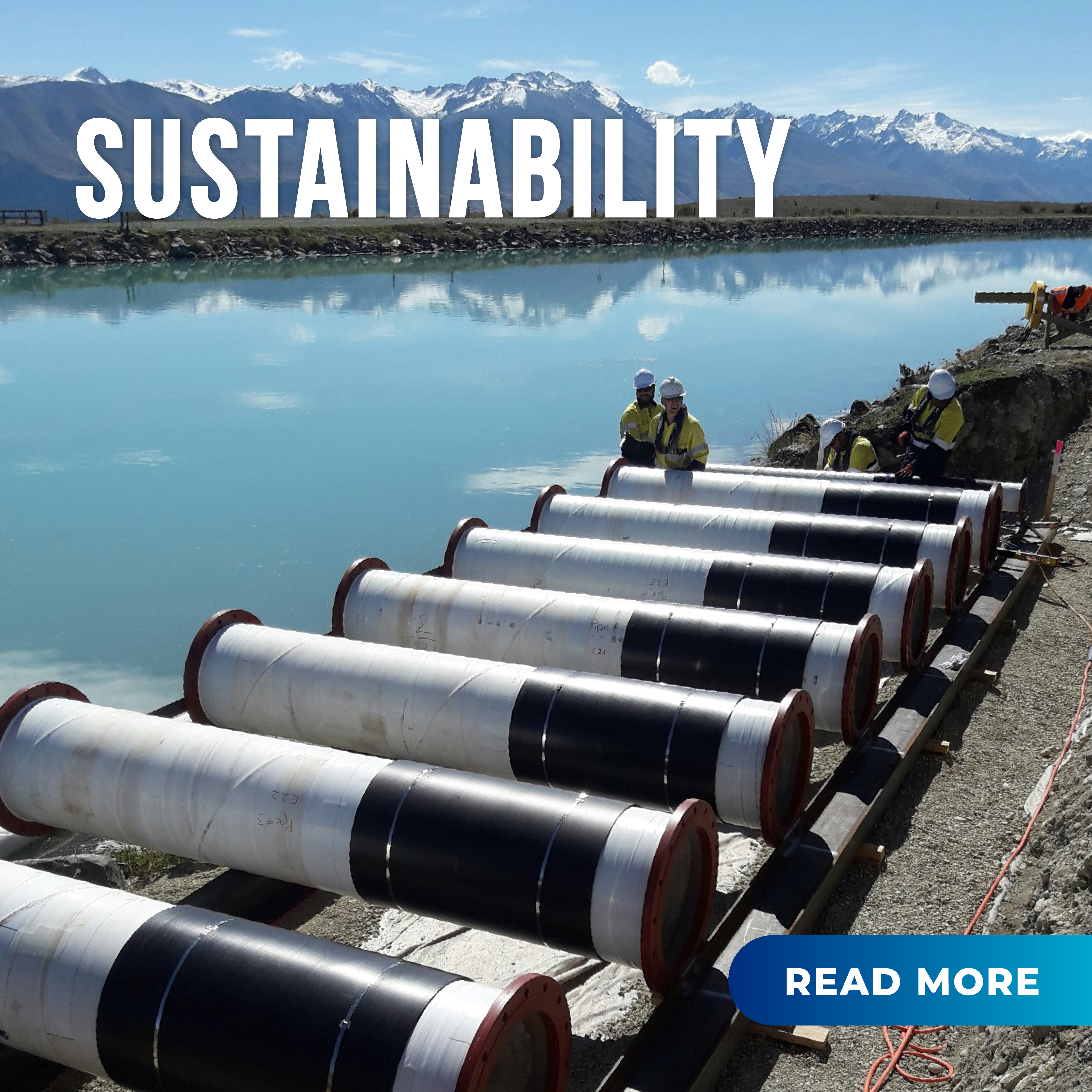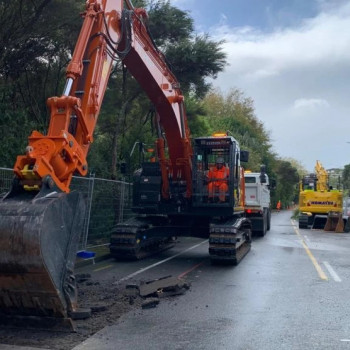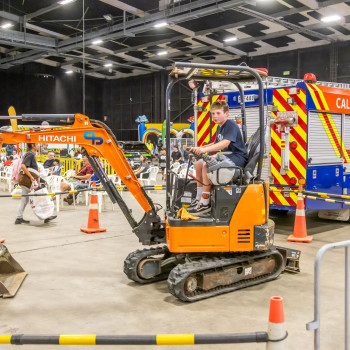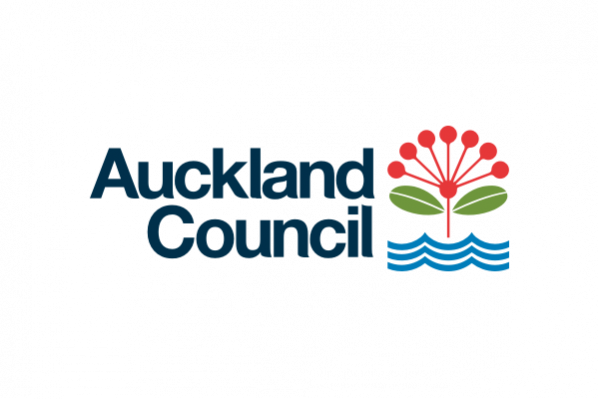
About Us
Building great teams since 2012, CB Civil are proud to help shape the communities and future of our nation.
100% New Zealand owned and operated.
What we do
Construction, management and delivery services for civil engineering projects; three waters, structures, rail and land development operating across New Zealand.
Featured Projects
News & Media
Sustainability
We strive to be the changemakers in our industry, combining innovation and sustainability at the heart of our business to reimagine the landscape of civil construction.
People and careers
Our people are the engine that drives our ambitions. We support, develop and empower our staff to do their best work in a role and company that both challenges and rewards them.
Hit enter to search or ESC to close
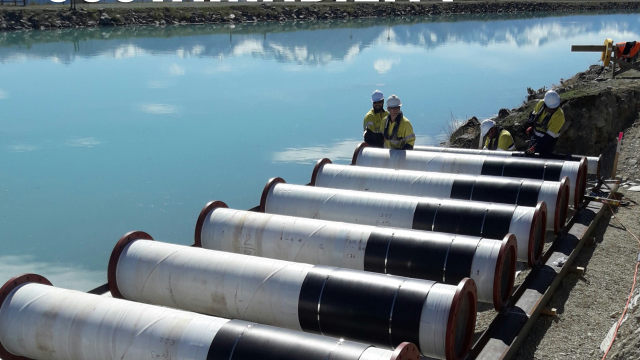

24 January 2021
Sustainability in Infrastructure
Sustainability in Infrastructure
There are many who still believe sustainability is transitory or doubt a change in traditional practice is needed. Others believe the cost of implementing sustainable initiatives is unsound or outweighed by its benefits.
CB Civil believe short term costs will not prevent the tidal wave of commercial destruction coming. Further, that while the cost of our environment and natural resources keeps rising, the cost of sustainable alternatives is declining.
The time to act is now
By changing our thinking, the construction industry could save $26 trillion dollars by the year 2030 (Roberts). Further the civil engineering sector contributes ~40% in degradation of the environment, including natural resource depletion. This is almost half of all contributing factors.
At such a high percentage, these statistics are evidence enough that sustainability is a necessity in Civil Engineering.
CB Civil and Drainage has an active role in sustainability efforts and will continue to iterate its policy, plans and procedures as it pursues a zero-carbon product.
No matter the industry, sector or activity performed, it is a responsibility shared by all to ensure future generations have the resources they need to survive.
What is sustainability and why should it be important to you?
The ideology of sustainability is not an old concept. In fact, it has only been around for a little over 30 plus years. Evidence of its inception dates to 1983 within the United Nations when the World Commission of Environment and Development was created. (Wikipedia)
As the depletion of natural resources and the destruction of our environmental surroundings grows increasingly evident, the enforcement of sustainable practices has moved to the forefront.
Protecting our natural resources and preserving the environment is a necessity for our future generations to come. If they are to survive and thrive in order to meet their own needs, then sustainability must become a priority for everyone.
What exactly is sustainability?
There are many ways that it has been described. To best summarize and encapsulate the full meaning and intent of this idea, it can be defined as the need to carry out activities (i.e. construction) with little to no depletion of natural resources or the reduction or elimination of any practices that cause harmful effects on the environment.
Practicing sustainability in as many industries, sectors, and/or activities as possible will help in avoiding the degradation of our environment and the depletion of our natural resources.
Sustainability no matter how defined is known to have three distinct classifications: environmental sustainability, economic sustainability and social sustainability. (Rosen) Successes in all classifications is essential to overall sustainability performance improvements in our environment and natural resources.
As the world and our societies continue to expand and grow, so does the need for sustainable practices.
Often times a large portion of damage to our environment and depletion of our natural resources comes from the Civil Engineering sector which happens to be directly linked to all of the three identified classifications of sustainability.
Several studies have shown that the Civil Engineering sector largely contributes to not only the depletion of natural resources but also massive amounts of energy consumption and CO2 emissions. (Bui, Woloszyn and Wets). The Civil Engineering sector by itself is an industry that deals with the design, construction, and maintenance of the physical and naturally built environment, including infrastructure involving public works (i.e., water systems, sewerage systems, storm drain systems, and pipelines), structural components of buildings, transportation (i.e. railways, bridges, airports, and roads) and stormwater management (canals, dams, land development, grading and drainage). (Wikipedia)
With the Civil Engineering sector having a big role in our economic growth and expansion, it easy to see why the results from various studies have shown it to have one of the greatest impacts on our environment.
So, what then, is the solution?
The continual effort for the implementation of sustainable practices within the Civil Engineering sector is the solution.
Several approaches to reducing the impacts of the Civil Engineering sector have already been researched, proposed and implemented. Some of these approaches involve the use of eco-friendly materials for energy use reduction, the designing, engineering, and construction of energy efficient buildings by using renewable energy alternatives (i.e., solar, wind, and geothermal) and the use of different tools to analyse the energy efficiency of buildings and the like. (Bui, Woloszyn and Wets)
To help guide the Civil Engineering sector through this effort, several regulatory agencies have formed within the past decades, each having their own set of standards and rules. Some of these agencies include World Green Building Council, International Future Living Institute, BREEAM, and U.S. Green Building Council just to name a few. Many of their missions and goals involve providing green building and infrastructure solutions which offer global strategies for lasting sustainability. In addition, in many scenarios partnering with local communities to create feasible and relevant solutions and reaching out to individuals and/or companies to develop innovative, “out of the box” approaches to sustainability is the overall goal.(https://www.dexigner.com/directory/cat/Sustainable-Design/Organizations)
